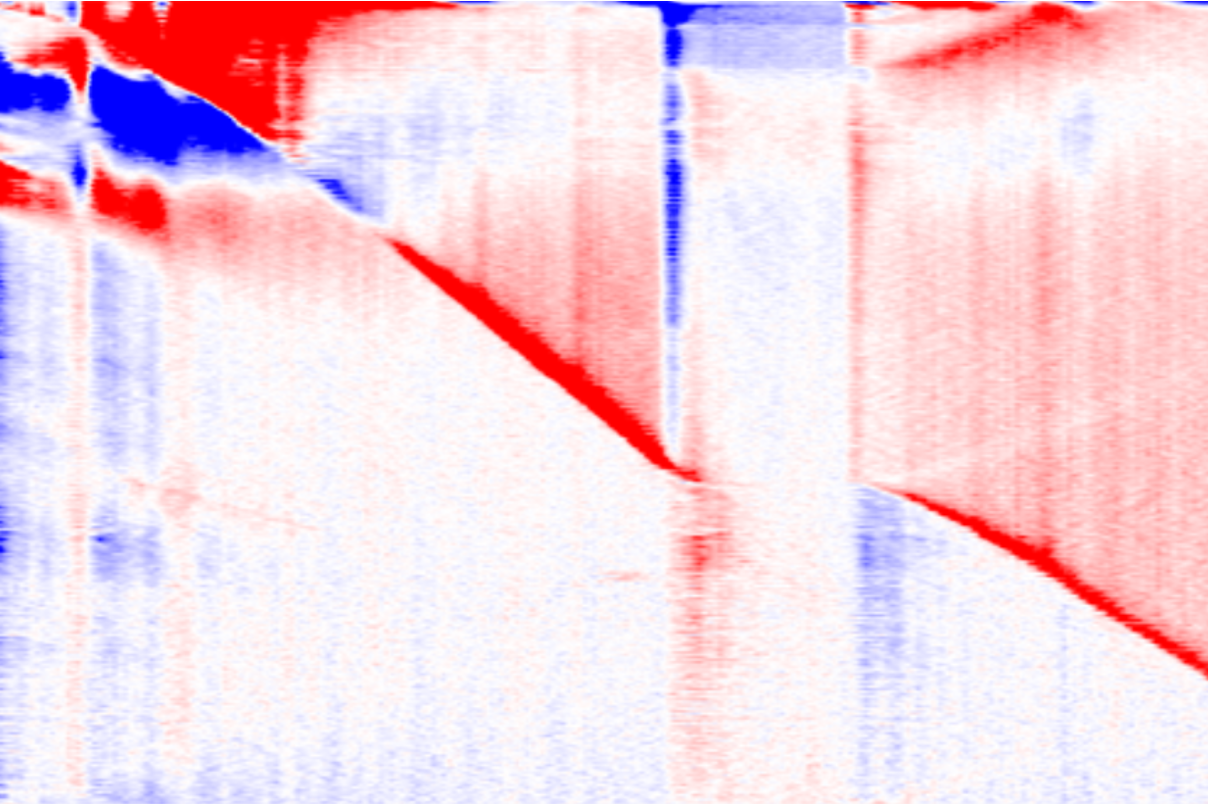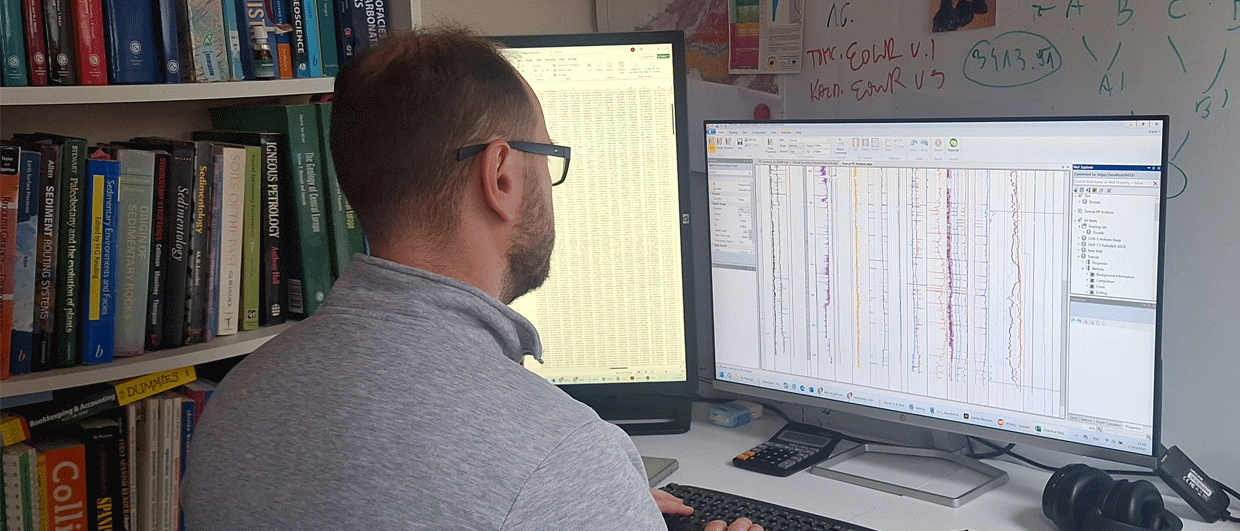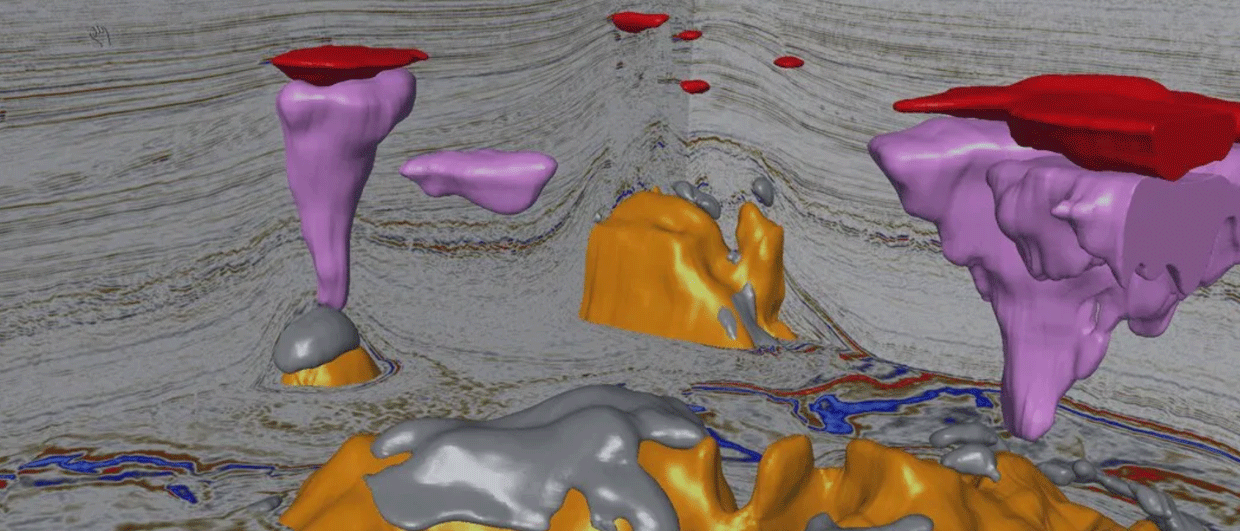Johan Sverdrup is a big field that produces a lot of oil. Many people know that. But it is also a field that produces a lot of data, which is less well known.
Up to 500 terabytes of data are being generated by the field each week, thanks to a system of real-time monitoring using Fiber Optic (FO) sensing technologies that is fitted in most of the wellbores.
During a presentation at the #DIGEX2022 Conference next week, the team from Equinor will explain the design and possibilities that this solution presents, as well as show recent examples, illustrating the added value for wellbore monitoring and optimization.
Fiber Optic (FO) sensing capabilities for downhole monitoring include, amongst others, Distributed Temperature Sensing (DTS) and Distributed Acoustic Sensing (DAS).
The appeal of DAS and DTS data is based on its high temporal and spatial sampling, allowing for very fine localisation of processes in a wellbore.
Due to the high amounts of data, DAS data has traditionally been acquired acquisition based, where data is either recorded for a limited amount of time or processed at a later point. This limits the decision-making capability as reacting to events is only possible long after the event occurred.
On Johan Sverdrup, Equinor wanted to address these decision-making shortcomings by building a “real-time” streaming solution for transferring, processing, and interpretation of its FO data.
However, having a continuous stream of data comes with its challenges. Therefore, the data platform has been developed with automation capabilities.
Through the development of automated applications, the team can monitor and extract condensed real-time insights.
Some examples are safety valve operations, valve state verification, production & injection depth determination and fracture monitoring.
During the presentation, Equinor will show some of the opportunities arising from this methodoloy, with emphasis on the difference made by having data accessible in real-time.
HENK KOMBRINK




